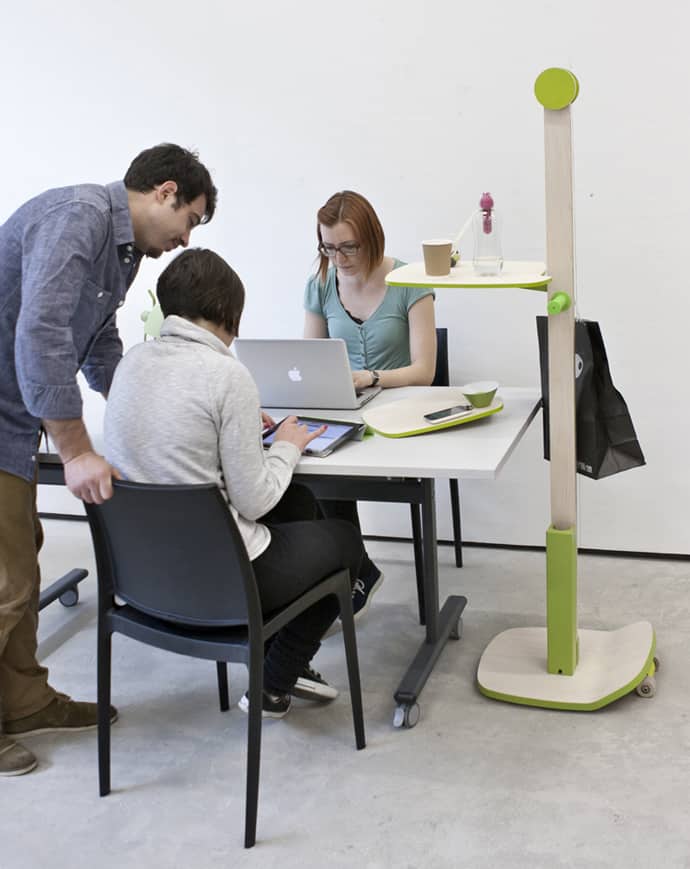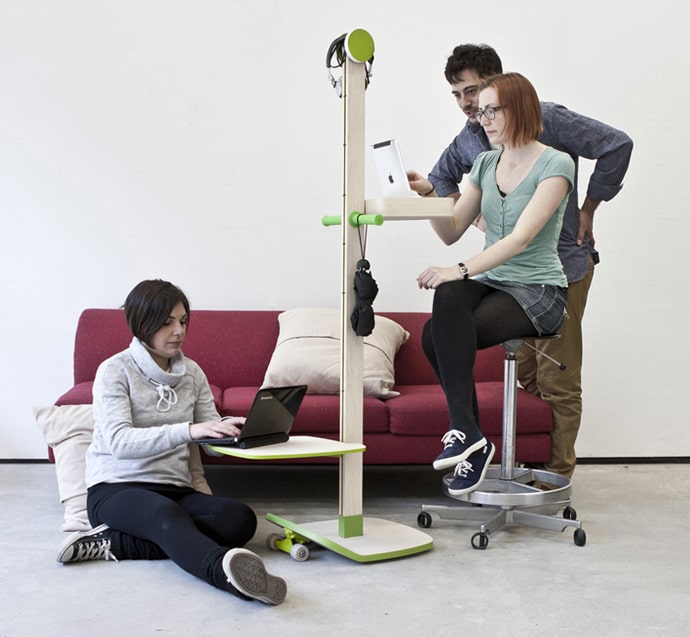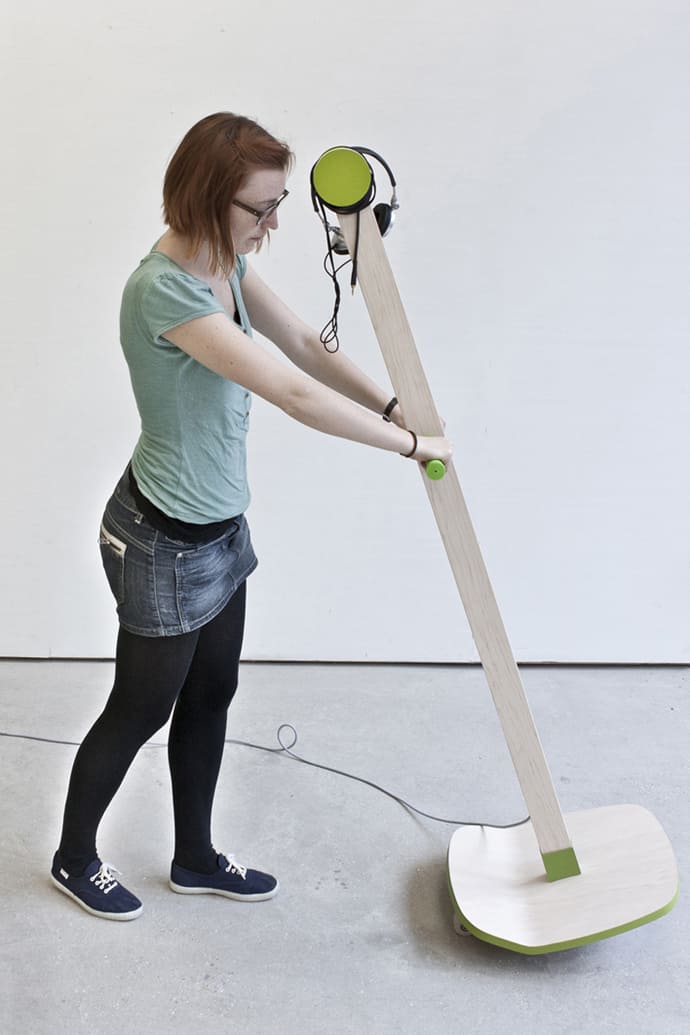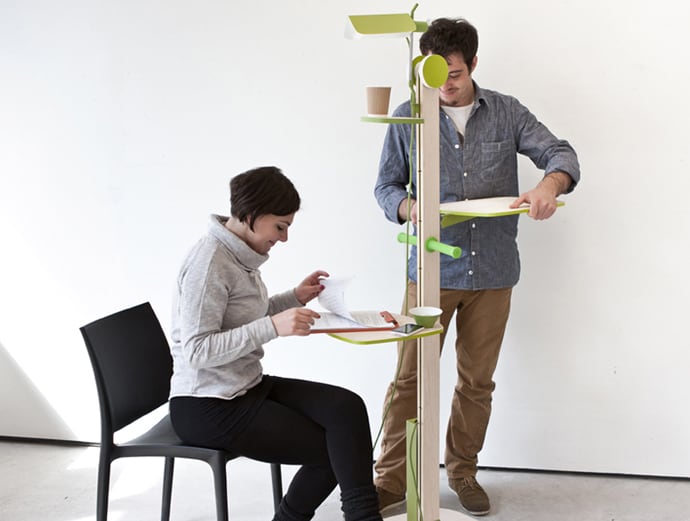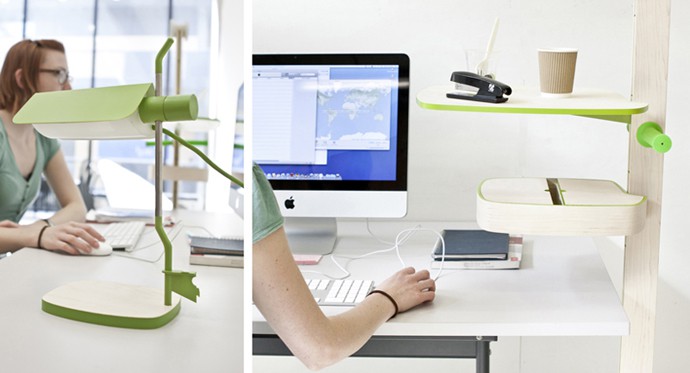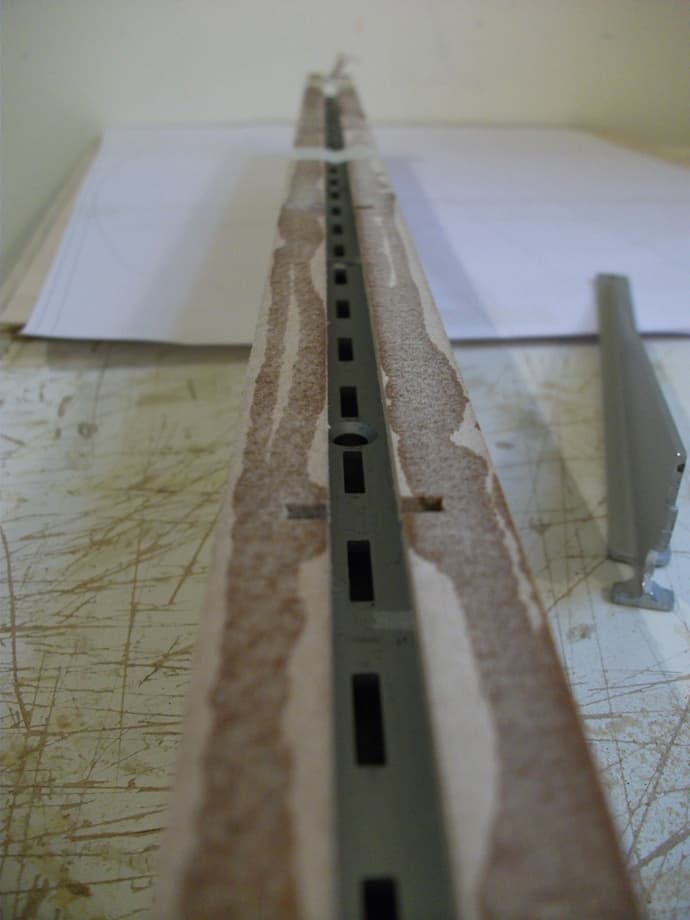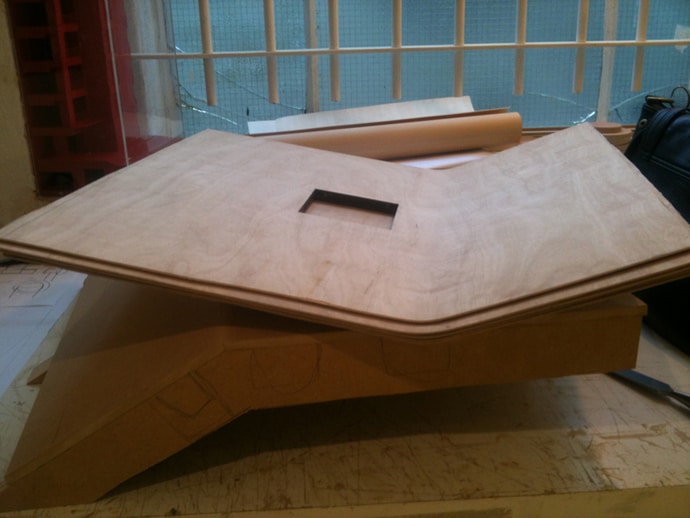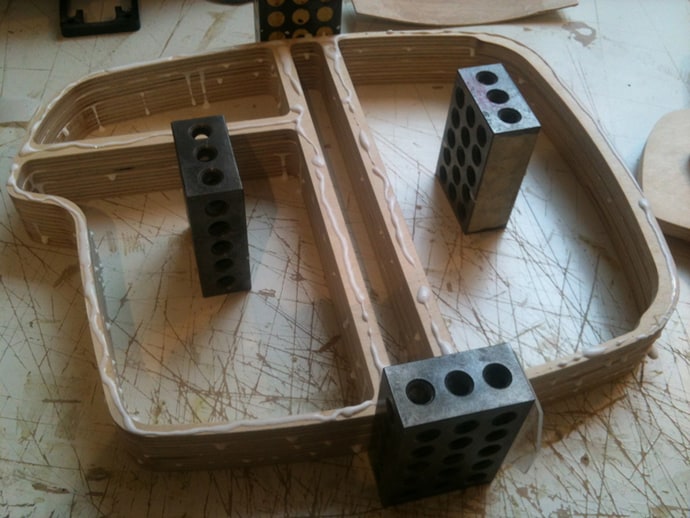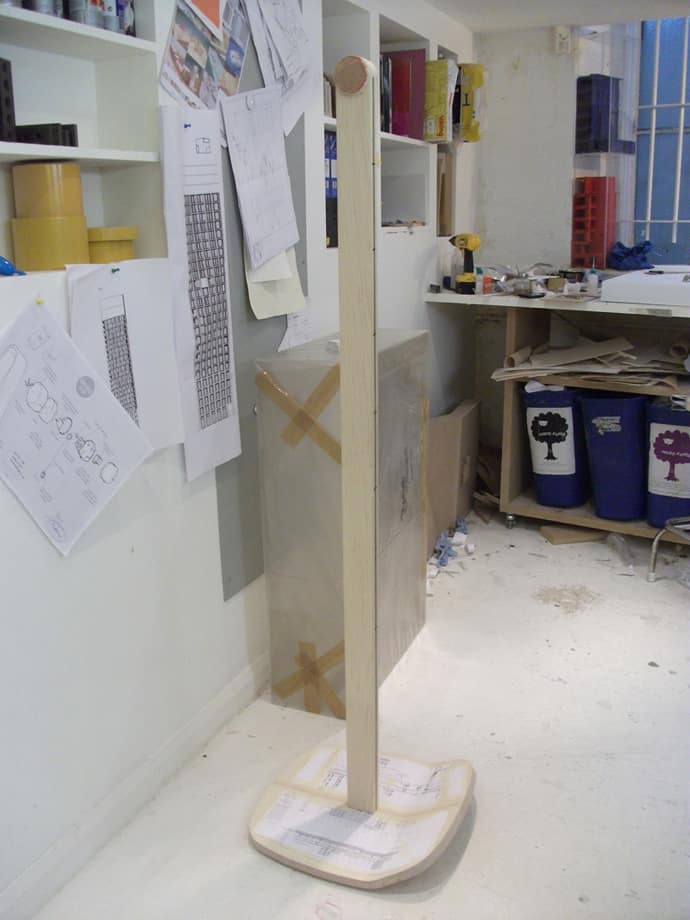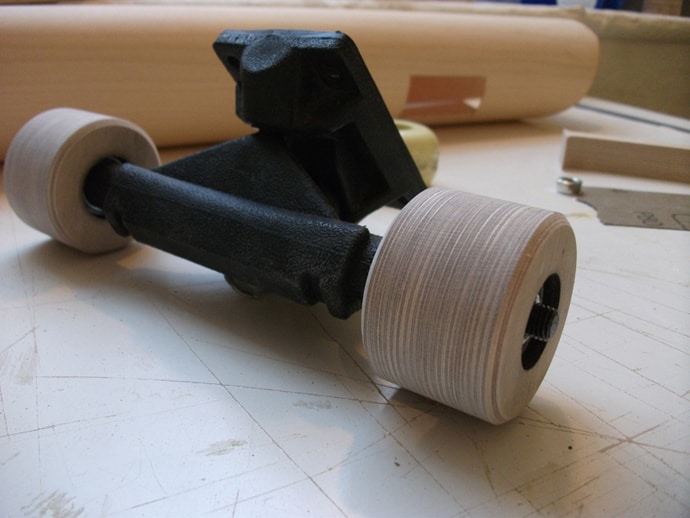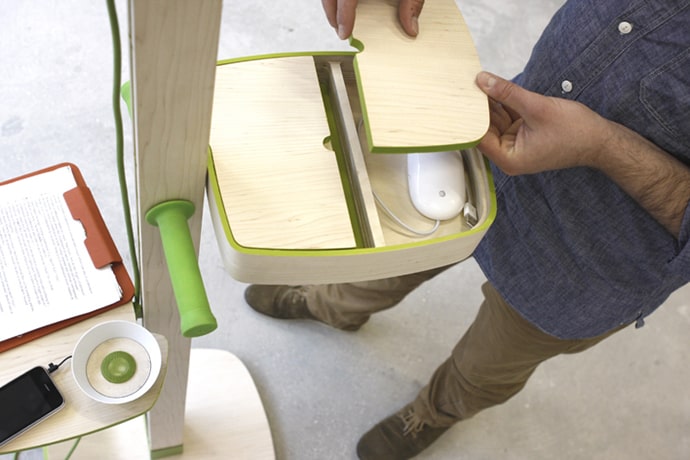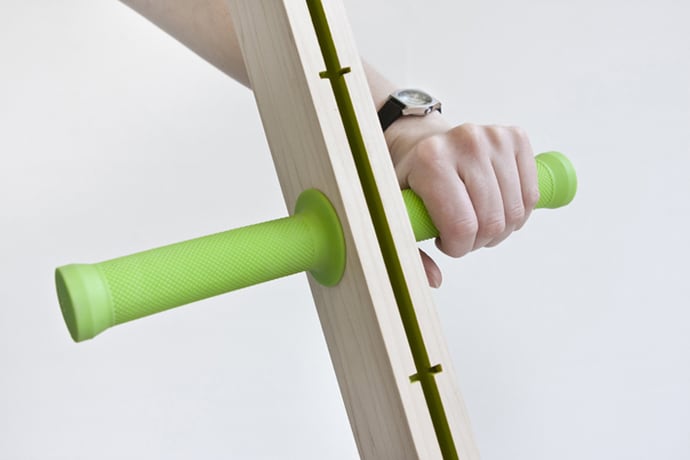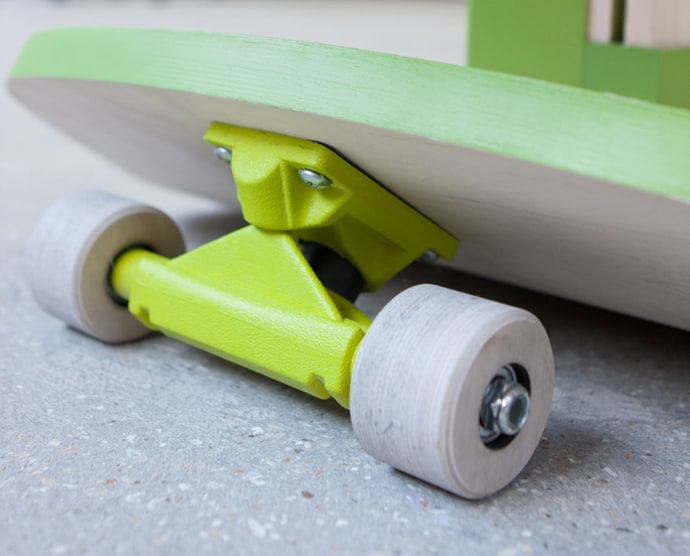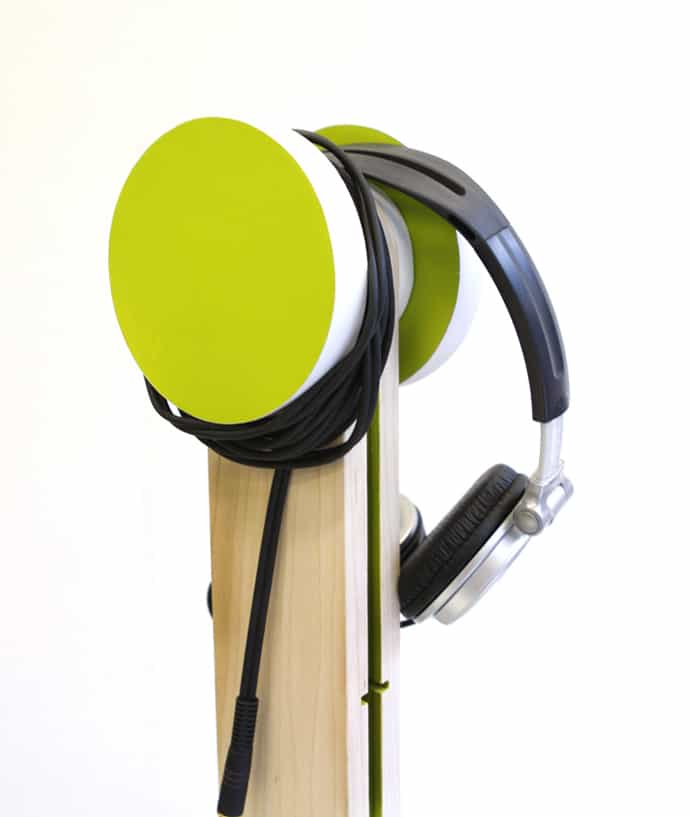We recently received photos and information about NINO , a dynamic and flexible office system developed during a 2 year research by Arianna De Luca for her final master project.
The project is currently exhibited at New Designers 2012, Design Business Centre, London. Thank you Arianna De Luca for sharing with us this amazing project!
From the designer:
NINO proposes a new approach to the workstation which aims to enable chance encounters, communication and possibly collaborations.
In depth practice-based research highlighted the need for tools and conditions capable of supporting mobile, flexible and social dynamics within the work environment.
Since the digital revolution the work environment has gone through big changes: new work dynamics and new workers typologies have appeared. Consequently the products we use at work on a daily basis have become more mobile and flexible. But what about our workstations? Why have they remained static and rigid?
Nowadays most workers spend 60% of their working day away from the desk and all the tools we daily use at work (laptops, mobile phone, cloud computing etc) do not require anymore static and fixed positions. But companies still allocate a huge expense to buy and install workstations that are occupied only a few hours per day. NINO office system introduces a new mobile and multifunctional solution which allows companies to provide fewer workstations used as working hubs in a more suitable way for the contemporary worker.
The project provides a furniture system that is as flexible, dynamic and social as the products we daily use at work and takes over the outdated work environment structure imposed by rigid and static workstations.
NINO moves, NINO morphs. NINO does not prescribe ergonomic positions but gives to the user a chance to discover.
NINO does not belong to anyone. Every worker is free to use the system by placing the tools he needs, encouraging this way new encounters.
NINO can be easily set up to create a formal, informal, social or private scenario according to the user’s needs.

